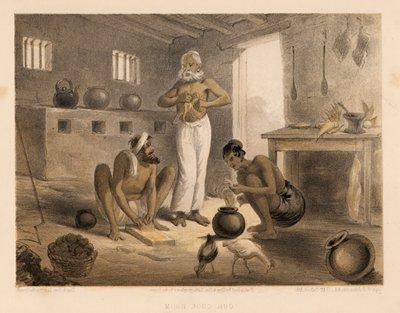The Roman numeral system was common in Europe in the Middle Ages, however, due to the fact that it was inconvenient to use, today it is practically not used. It was supplanted by simpler Arabic numerals, which made arithmetic much simpler and easier.
The basis in the Roman system are the degrees of the number ten, as well as half of them. In the past, a person did not need to write large and long numbers, so the set of base digits initially ended in a thousand. The numbers are written from left to right, and their sum also denotes a given number.
The main difference is that the Roman numeral system is non-positional. This means that the location of a digit in a number record does not indicate its value. The Roman numeral “1” is written as “I.” And now we put two units together and look at their meaning: “II” - this is exactly the Roman numeral 2, while “11” is written in Roman calculus as “XI”. In addition to the unit, other basic figures in it are considered five, ten, fifty, one hundred, five hundred and one thousand, which are denoted by V, X, L, C, D and M., respectively.

In the decimal system that we use today, among 1756, the first digit refers to the number of thousands, the second to hundreds, the third to tens, and the fourth to mean the number of units. Therefore, it is called a positional system, and calculations using it are carried out by adding the corresponding digits to each other. The Roman numeral system is organized in a completely different way: in it the value of the whole digit does not depend on its order in the record of the number. In order, for example, to translate the number 168, you need to take into account that all the numbers in it are obtained from basic characters: if the number on the left is greater than the number on the right, then these numbers are taken away, in the other case they are added up. Thus, 168 will be recorded in it as CLXVIII (C-100, LX - 60, VIII - 8). As you can see, the Roman numeral system offers a rather cumbersome record of numbers, which makes adding and subtracting large numbers extremely inconvenient, not to mention the division and multiplication operations performed on them. The Roman system has another significant drawback, namely the absence of zero. Therefore, in our time it is used solely to designate chapters in books, numbering centuries, solemn dates, where there is no need for arithmetic.

In everyday life, it is much easier to use the decimal system, the meaning of the numbers in which is related to the number of angles in each of them. It first appeared in the 6th century in India, and the symbols in it finally became entrenched only in the 16th century. Indian figures, called Arabic, penetrated into Europe thanks to the work of the famous mathematician Fibonacci. In the Arab system, a comma or period is used to separate the integer and fractional parts. But in computers, the binary number system is most often used , which has spread in Europe thanks to the work of Leibniz, due to the fact that triggers are used in computer technology, which can only be in two working positions.